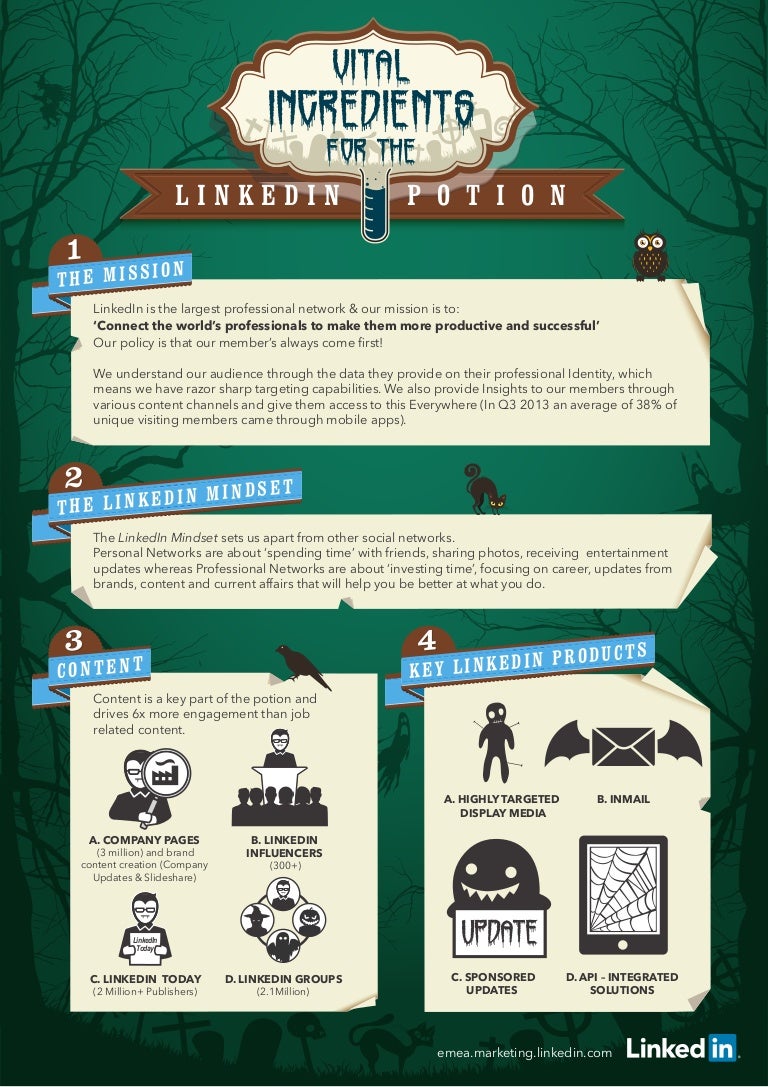
Prezentaciya O Turkmenistane
A gold statue of former president Saparmurad Niyazov rotates to continually face the Sun atop the Neutrality Arch, Ashgabat, Turkm. © velirina/Shutterstock.com In late 2006, after more than two decades of rule, Niyazov died suddenly of. Fears that the absence of a designated successor would threaten the country’s stability were not immediately realized, though the naming of former minister of health as acting president—a departure from the dictates of the country’s constitution—was greeted with some surprise. The country’s first (at least nominally) contested elections were held in February of the following year, and, amid widespread that they were marred by fraud, Berdymukhammedov was declared the winner and was formally inaugurated as Turkmenistan’s president. Early in his presidency, Berdymukhammedov took steps toward dismantling the vestiges of Niyazov’s personality cult and reversing some of his controversial orders. Adjustments included ending bans such as those on ballet and opera, reversing Niyazov’s decree renaming the days of the week and months of the year after himself and members of his family, and ordering that the Neutrality Arch, with its large gold effigy, be moved from the capital’s centre to its southern reaches. Berdymukhammedov was elected to a second five-year term as president in February 2012, although the ballot was generally regarded as fraudulent.

In December 2012 Turkmenistan held a parliamentary election that was billed as the first to feature multiple political parties. In reality, the political process remained under the government’s tight control.  Only parties with official recognition participated in the election, and individual candidates were carefully screened to ensure their loyalty to Berdymukhammedov. In February 2016 a commission headed by Berdymukhammedov drafted to the constitution that would increase the length of a presidential term from five to seven years and remove the upper age limit on the president, which had been set at 70.
Only parties with official recognition participated in the election, and individual candidates were carefully screened to ensure their loyalty to Berdymukhammedov. In February 2016 a commission headed by Berdymukhammedov drafted to the constitution that would increase the length of a presidential term from five to seven years and remove the upper age limit on the president, which had been set at 70.
Observers generally saw the amendments, which went into effect just months before the presidential election scheduled for February 2017, as further evidence that Berdymukhammedov intended to hold the presidency for life. As expected, Berdymukhammedov won a seven-year term in 2017 with 98 percent of the vote. Nimora nimora song free download free.
-poyavilsya-feyk-o-proverke-rezervistov-v-turkmenistane.html 2019-01-17 0.6. 0.7 provedet-otpusk-v-turkmenistane.html 2010-08-12T16:33:56+03:00 daily 0.7. Sostoyalas-prezentaciya-klipa-gruppy-sms.html 2010-07-19T18:13:51+03:00.
Main article: Historically inhabited by the, the written history of Turkmenistan begins with its annexation by the of Ancient Iran. In the 8th century AD, -speaking tribes moved from into present-day Central Asia. Part of a powerful confederation of tribes, these Oghuz formed the ethnic basis of the modern Turkmen population. In the 10th century, the name 'Turkmen' was first applied to Oghuz groups that accepted and began to occupy present-day Turkmenistan. There they were under the dominion of the, which was composed of Oghuz groups living in present-day and Turkmenistan. Turkmen soldiers in the service of the empire played an important role in the spreading of Turkic culture when they migrated westward into present-day and eastern. Helmet (15th century) In the 12th century, and other tribes overthrew the Seljuk Empire.